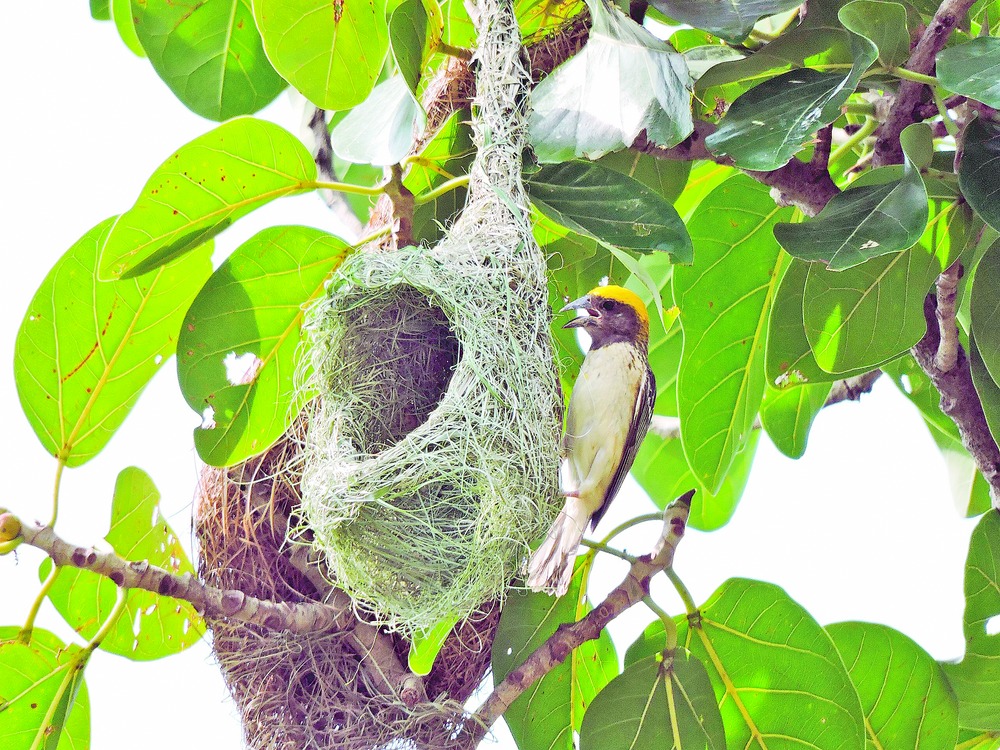

Paradip, June 14: Experts have undertaken the first-ever synchronised headcount of Baya weaver birds, an endangered species. These pint-sized birds are a protected species and listed in the Schedule IV of the Wildlife (Protection) Act, 1972. Over the years, baya weavers are fast disappearing and their sightings have become extremely rare.
The census operation is being done under the aegis of the Bombay Natural History Society with the assistance of local organisations engaged in animal conservation.
The Baya weaver birds prefer to build nests in tall trees such as coconut and palm. As there has been a systematic decimation of these trees because of regular cyclonic windstorms, the habitation corridors of the Baya weaver birds have narrowed considerably.
Earlier, these birds used to throng the countryside, which had abundant coconut as well as palm trees. The increasing use of pesticides in agriculture fields also spelt doom for these tiny birds. Urbanisation and the fast disappearance of trees have contributed to the shrinkage of their habitat.
"Ornithologists and birdwatchers are engaged in the census work, which is on at present in Kendrapara, Jagatsinghpur and Jajpur districts. We have so far enumerated over 500 Baya weaver birds," said Pramod Dhal, an ornithologist.
"The headcount work would continue for a week. We hope to spot and count a sizeable number of these birds. The reserved forest areas, wildlife sanctuaries and national parks have been excluded from the census work as the forest department has their own mechanism of counting birds from time to time," Dhal said.
"Baya weaver birds have inspired many folk songs in the state. Their seasonal movements are largely determined by paddy and cereal cultivation, which provides them with nesting materials and food. They also eat insects. The birds look like ordinary house sparrows with stout conical bills and are always found in flocks. The nesting season of the birds is from May to September, which coincides with the monsoon and paddy cultivation season," said Dhal.










